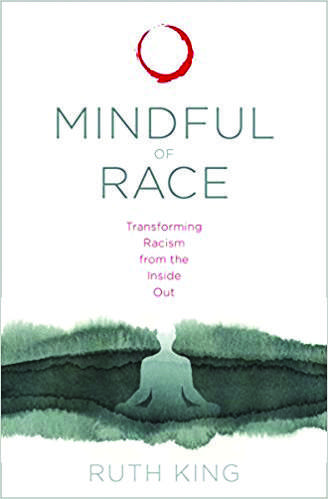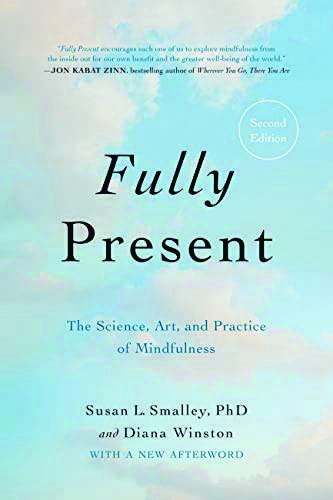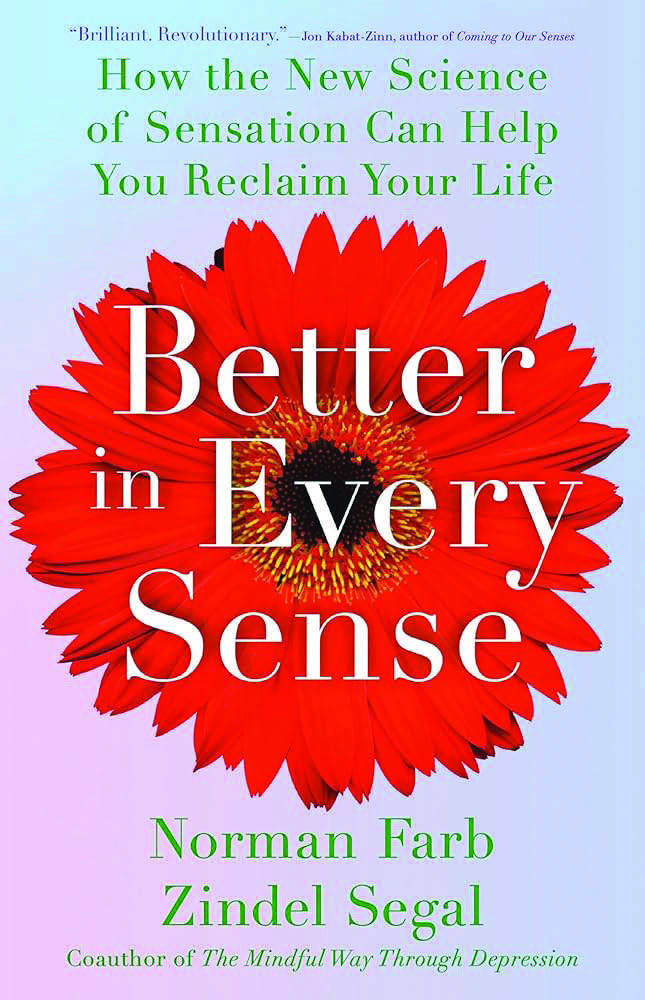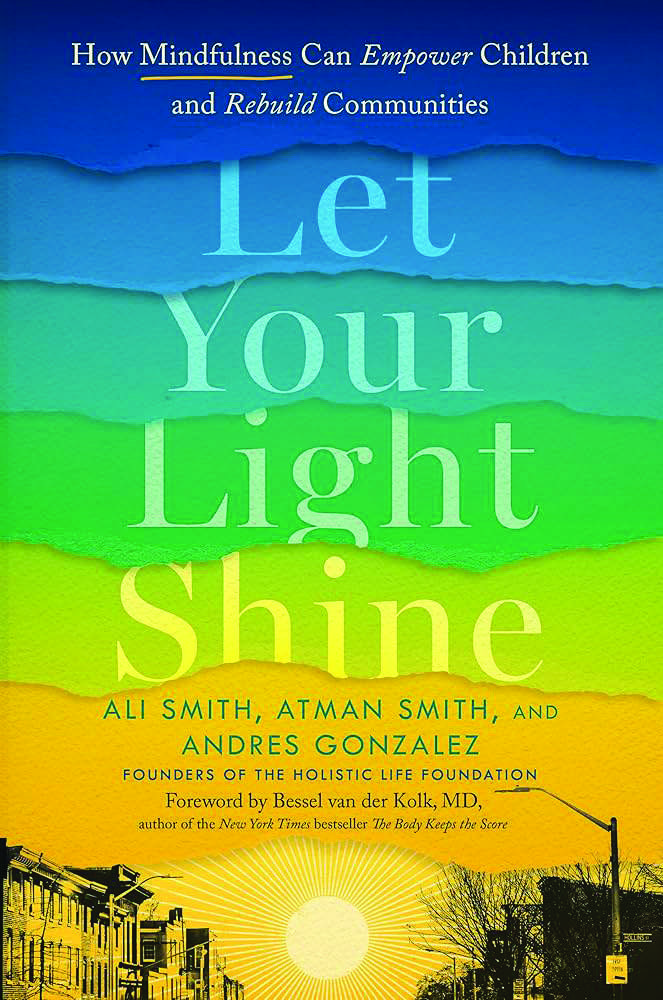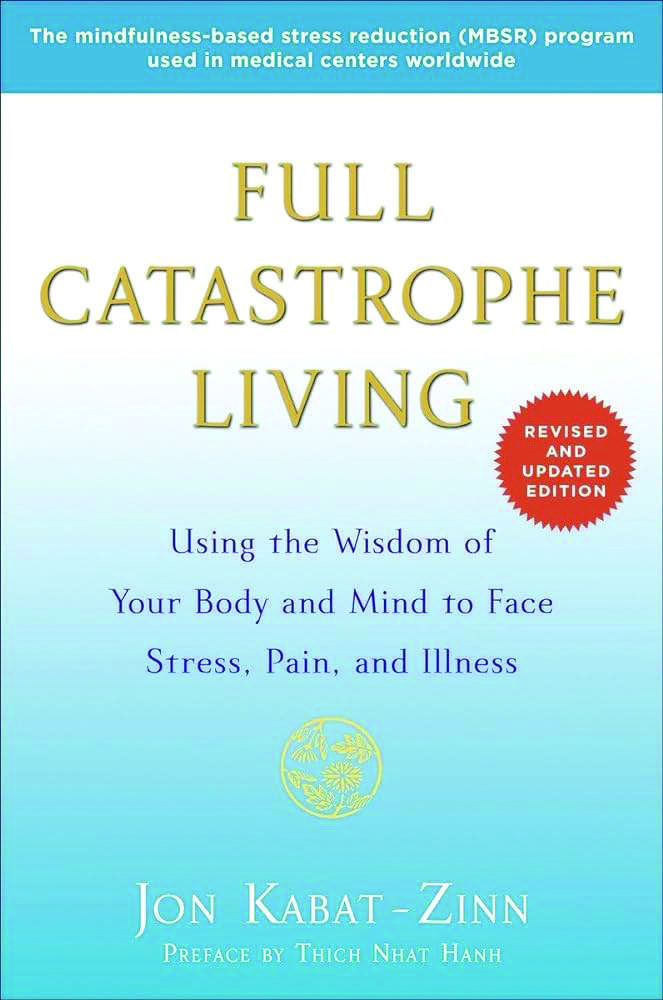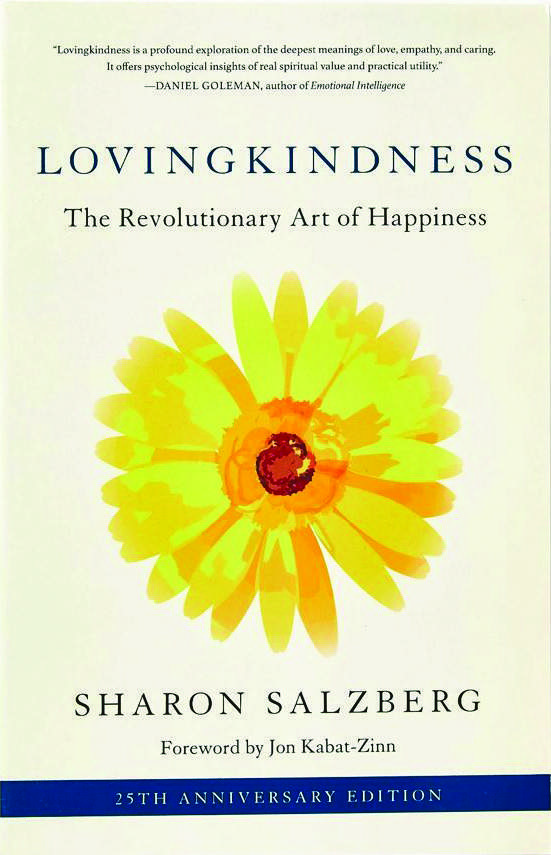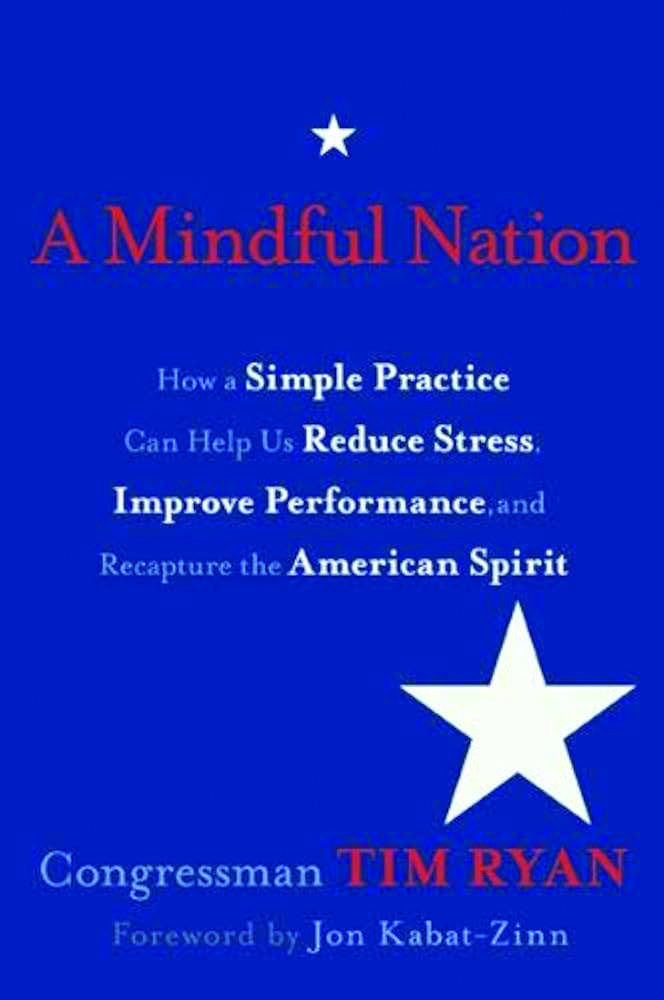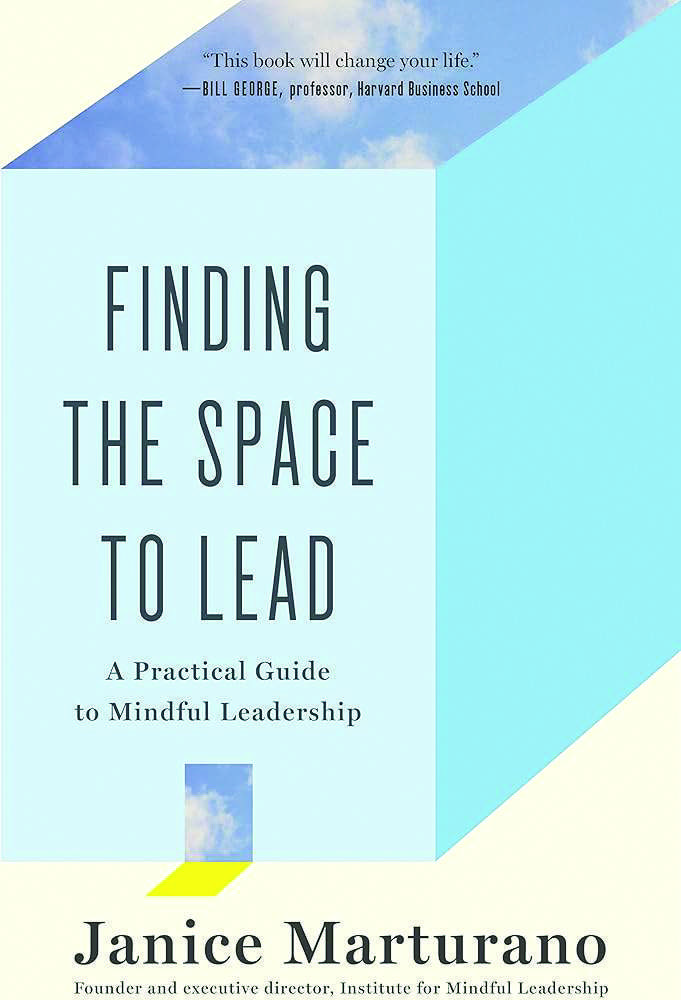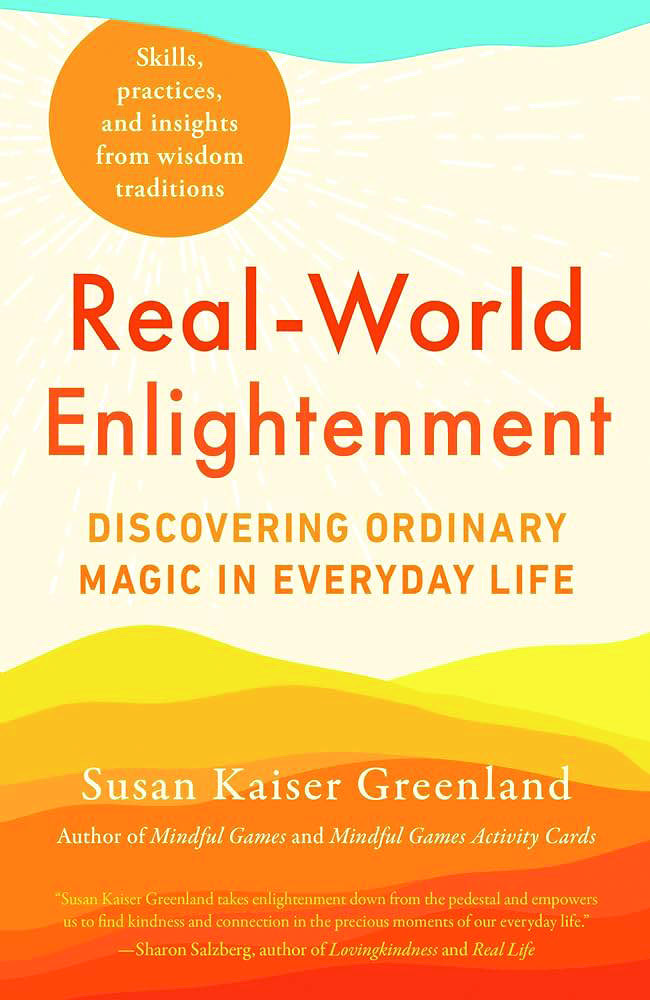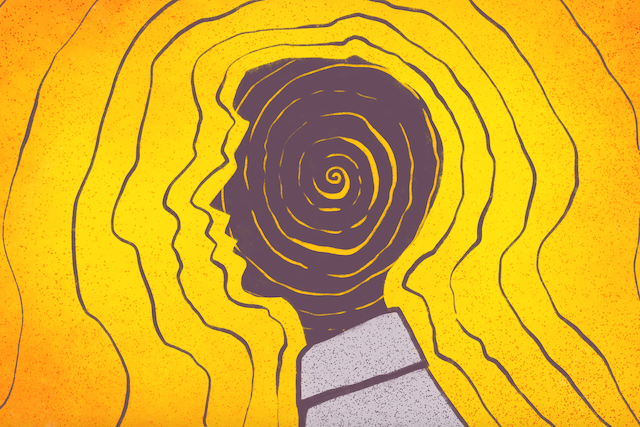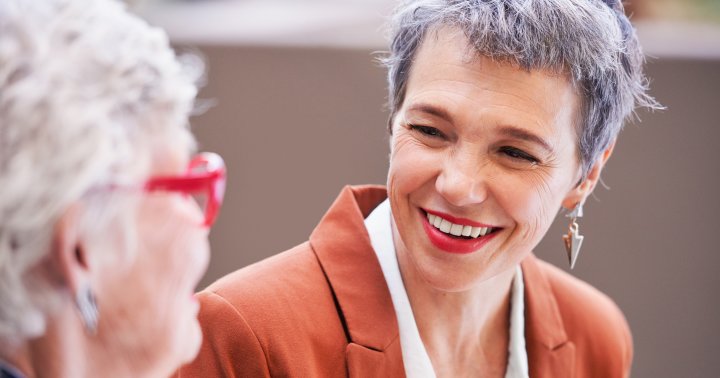10 Must-Read Mindfulness Books
Whether you’re interested in the foundations of mindful living, deepening your meditation practice, or how mindfulness inspires real-world change, here are 10 of the top books about mindfulness. The post 10 Must-Read Mindfulness Books appeared first on Mindful.

1. Mindful of Race
Transforming Racism From the Inside Out
Ruth King • Sounds True, 2018
While Mindful of Race was published in 2018, King wrote it in 2016, when social conversation and coverage was ablaze with racial reckoning, climate anxiety, and protest—a description that can be just as easily applied today as it was nearly a decade ago. Similarly, just as the tools, teachings, and stories offered in this book were revolutionary and deeply needed then, the same is true now. “The world’s heart is on fire, and race is at its core,” she writes. “Racism is a heart disease… If we cannot think clearly and respond wisely, we will continue to damage the world’s heart.”
What King offers in Mindful of Race is an invitation and instruction manual to excavate racial experiences and understandings, digging them up at the root and examining them in a new light. First, she lays the groundwork, setting a tone of compassion, honesty, and vulnerability by sharing some of her story, inviting the reader to adopt a similar attitude for the journey that lies ahead. From there, she guides us through an exploration of our racial narratives, followed by a buffet of mindfulness meditation practices to support self-learning and inquiry.
While the topics and calls to action in this book are sometimes heavy, the foundations of mindfulness are woven throughout as tools to ease the load, soften, and stay engaged. For her, King writes, through meditation, she was “learning to sit with difficult feelings without coming apart.” From this place of openness and care, we’re better equipped to move forward into the final section where we explore what it means to “cultivate a culture of care,” and bring what we’ve learned off the pages and off the meditation cushion out into the world. – AWC
2. Fully Present
The Science, Art, and Practice of Mindfulness
Susan L. Smalley, PhD, and Diana
Winston • Da Capo Lifelong Books, 2022
It’s easy to think of mindfulness as happening in contrast to moments of stress, obligation, or boredom. But authors Susan Smalley and Diana Winston bring mindfulness right back to the middle of our real lives. Can you stand in line mindfully? And does it matter if you do?
Smalley and Winston run the UCLA Mindfulness Awareness Research Center (MARC) and have had a front seat to seeing mindfulness at work in both theory and practice for the last decade. In this approachable volume—now in its second edition—they explore the latest mindfulness research, its real-life applications, and how simple practices can be incorporated into daily living. – SM
3. Better in Every Sense
How the Science of Sensation Can Help You Reclaim Your Life
Norman Farb and Zindel Segal • Little, Brown Spark, 2024
Better in Every Sense is dedicated to “everyone choosing hope over fear.” What follows is a deeply compassionate offering that meets the moment by laying out an accessible resource for all those struggling in our age of attention economy, individualism, and anxiety. In part, it does so by acknowledging that for so many of us, this is also an age of abundance, of freedom, and connection. The authors take the reader on a journey of empowerment with new science, historical context, and simple tools that make a path toward fulfillment and happiness feel uncomplicated. This book is not a step-by-step guide to success or optimal living, but a deep dive into rediscovering our inherent capacities for presence, curiosity, and joy. – AWC
4. The Heart of Who We Are
Realizing Freedom Together
Caverly Morgan • Sounds True, 2022
Throughout The Heart of Who We Are, Caverly Morgan reminds us of this paradox of inner growth: Self-discovery doesn’t happen apart from the world, but within it. We can believe aphorisms like We are all love, but we also need real help sometimes seeing and understanding what that means—in our bodies, our self-talk, our relationships, our communities.
Caverly Morgan reminds us of this paradox of inner growth: Self-discovery doesn’t happen apart from the world, but within it.
For Morgan, this isn’t just some interesting thought experiment. It has immense and important implications for life together, because something crucial happens when we realize that love is actionable: We experience collective liberation. This return to the truth of our connection has the power to transform not only personal struggle or trauma, but also systems of separation and suffering. In her own warm and welcoming style, Morgan guides this potential journey to freedom together by using personal stories, spiritual insights, and mindfulness practices to guide readers toward understanding their true essence. – SM

5. Let Your Light Shine
How Mindfulness Can Empower Children and Rebuild Communities
Ali Smith, Atman Smith, and Andres Gonzalez • TarcherPerigee, 2022
Anyone who pays attention to social inequities can be forgiven for a little cynicism, yet Ali and Atman Smith and Andres Gonzalez affirm that’s not for them: “We’ve got hope. We see it every day with the kids we work with. We see the power of active, engaged love, rather than fear.” Having grown up in West Baltimore, the authors launched the Holistic Life Foundation (HLF) in 2001, teaching yoga and meditation to children and youth. The HLF program has since expanded to schools throughout Baltimore and several US states.
Let Your Light Shine tells of the histories and present conditions that led HLF’s founders to this lovingly grounded approach, and their strategies for supporting underserved, often traumatized communities. They’re real about the pain and struggle, but also about the transformative power of compassionate connection, calming breaths, and refusing to give up on one another. “We don’t have all the answers, but we think we have some,” they write. “It starts with finding some kind of inner peace among the chaos.” – AT
6. Full Catastrophe Living
Using the Wisdom of Your Body and Mind to Face Stress, Pain, and Illness
Jon Kabat-Zinn • Bantam, 2013
In 1979, then professor of medicine Jon Kabat-Zinn—the cofounder, with Saki Santorelli, of the Stress Reduction Clinic at UMass Medical School—began teaching a program he developed called Mindfulness-Based Stress Reduction, or MBSR. If you were to walk into his class, you’d find a roomful of people with disparate health concerns, sitting or lying down, eyes closed. “To the outside observer it might look strange, if not a little crazy,” he writes. “It looks like nothing is going on. And in a way nothing is. But it is a very rich and complex nothing.”
A longtime student of meditation and yoga, Kabat-Zinn sought to make these practices’ health benefits available to patients in a secular, scientifically supported format. Fast forward about 45 years and MBSR is validated by thousands of published studies, with the program offered by healthcare institutions around the world.
First published in 1991, Full Catastrophe Living is a guide not only to the techniques of MBSR, but to the basis of the secular mindfulness movement that helps people thrive everywhere from education and business to health care, parenting, and politics. For beginners and experienced practitioners alike, this book offers an approachable yet authoritative source.
First published in 1991, Full Catastrophe Living is a guide not only to the techniques of MBSR, but to the basis of the secular mindfulness movement that helps people thrive
Kabat-Zinn starts by outlining the seven attitudes that characterize mindfulness practice: nonjudging, patience, beginner’s mind, trust, non-striving, acceptance, and letting go. From this foundation, he guides us through a range of practices we can use to cultivate these attitudes, such as mindful breathing, seated and walking meditations, the body-scan, and yoga postures.
The revised and updated 2013 edition integrates newer scientific research, as well as a thoughtful Introduction where Kabat-Zinn reflects on the growth of MBSR and the mindfulness movement—and their essence which doesn’t change. “The real adventure is and has always been your life,” he writes. “In a sense, MBSR is only a way-station, and hopefully also a launching platform into a new way of being in relationship with things as they are.” – AT
7. Lovingkindness
The Revolutionary Art of Happiness
Sharon Salzberg • Shambhala, 2020
Lovingkindness teaches that our separateness is a delusion that can be healed by love—a notion that was radical when the first edition was published in 1995, and remains radical today. While meditation and mindfulness no longer face the level of stigma and skepticism they once did, our general societal worldview remains one of entrenched individualism. In Lovingkindness, Salzberg offers another option: one where we find strength and happiness not in power over one another, nor in material possessions, but in the power of love to unite us and give us the wisdom to let go; to let what doesn’t serve us become clear and fall away.
“Our own happiness can change history, and it does,” Salzberg writes, but only if we take the practice out of the pages and into our real lives. This reliable classic, reissued for its 25th anniversary, offers not only the tools to do just that, but also an invigorating richness that promises to yield new discoveries with every re-read. – AWC
Thus began the former congressman’s own mindfulness practice, one that he would share widely in his first book.
“I wrote A Mindful Nation to promote the values of slowing down, taking care of ourselves, being kind, and helping each other,” he explains. He believes that “if we embrace these values individually, it will benefit us collectively. And our country will be a little bit better off as a result.”
Ryan’s trajectory is still remarkable. Not just for the 20 years he served as a congressman (he was unseated, by a highly reactionary opponent no less, in 2023), but for his contributions to, and advocacy for, the mainstreaming of mindfulness throughout American society, in ways that he saw could deliver practical, tangible benefits to ordinary people.
The book opens by frankly acknowledging many systemic challenges faced in the US: poverty, lack of opportunity, polarization, the intertwined crises of climate and energy. Ryan then overviews the scientific evidence for mindfulness, leading into chapters looking at how the practice serves children’s education and well-being, health care, performance (with a focus on the troops, veterans, and first responders). Finally, he ties mindfulness to the rejuvenation of core American values (think community, thrift, innovation), calling back to his own working-class background.
It all adds up to a sincere and heartening vision for “recapturing the American spirit.” It’s true that in 2012, as now, most of us would not expect to see “mindful” and “politics” in the same sentence. A Mindful Nation stands as a testament to Ryan’s efforts to change that paradigm. – AT
9. Finding the Space to Lead
A Practical Guide to Mindful Leadership
Janice Marturano • Bloomsbury, 2013
Janice Marturano is a big part of why mindfulness is taken seriously in the context of work. In 2011, following 15 years as a strategic leader at General Mills, she founded the Institute for Mindful Leadership, of which she is executive director, and her mindful leadership workshops remain the gold standard.
What Marturano presents in this book applies not only to those in corporate settings, but to all kinds of leaders in our suffocatingly high-speed, high pressure society: “We often simply do not have the space, the breathing room, necessary to be clear and focused, and to listen deeply to ourselves and to others.” Mindfulness allows us to create that space. This means, yes, better stress management, but also emotional intelligence, self-awareness, patience, humbleness, compassion—all of which, she convincingly demonstrates, are boons for leadership excellence. Marturano guides us to develop these qualities via mindfulness exercises tailored for busy leaders (such as the versatile Purposeful Pause), with free audio versions on her website. – AT
“We often simply do not have the space, the breathing room, necessary to be clear and focused, and to listen deeply to ourselves and to others.” Mindfulness allows us to create that space.
10. Real-World Enlightenment
Discovering Ordinary Magic in Everyday Life
Susan Kaiser Greenland • Shambhala, 2024
The long tradition of mindfulness is full of terms and concepts that can feel vague, confusing, and sometimes a little out of date. Renunciation? Multiplicity? Discernment? What do these principles have to do with trying to function in a world of stressful deadlines, dirty dishes, and overwhelming unpredictability?
In Real-World Enlightenment, Susan Kaiser Greenland translates the psychological and spiritual foundations of mindfulness into practical steps for people who are seeking greater personal peace but who don’t have the option or desire to retreat from modern life.
Drawing on everything from foundational Buddhist texts to the latest scientific research, Kaiser Greenland manages to write about the tenets of mindfulness in a way that feels both relevant and accessible. Every chapter brims with personal anecdotes, literary references, helpful analogies, and real-world applications.
The word enlightenment can feel remote and unattainable, something that’s for other people who don’t have our lives, our struggles, or our anxieties. Kaiser Greenland’s informal, smart, and joyful approach posits the opposite: mindfulness is at its most potent when it meets us
exactly where we are. In fact, that’s what it’s been designed to do and why it’s worked for
thousands of years.
In addition to expertly pulling back the veil to share insights and guidance, she also includes 50 mindful techniques that can offer emotional and psychological freedom and connection. Real-World Enlightenment is perfect for those who are curious about the history of mindfulness and why it’s such a powerful tool for healing and transformation, and who want a down-to-earth field manual for implementing these concepts into everyday life. – SM

 Tekef
Tekef 